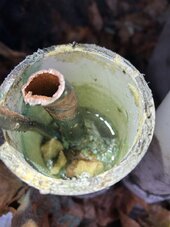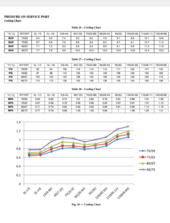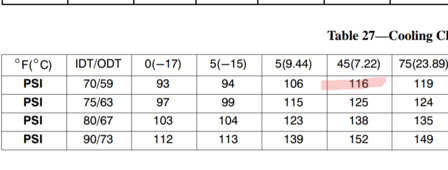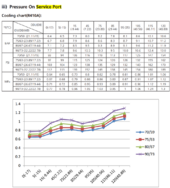during this last winter storm , where our temps in DFW fell to as low as 11f, my three heat pumps went into various stages of failure, where they either didn't heat sufficiently or refused to produce any heat at all.
I'm going to do what it takes to fix them, up to and including replacing them with different models.
my questions:
1. I have a full tank of Argon and a full tank of CO2. Can I use either of these instead of Nitrogen to pressure test the lines? That would save about $200
2. I believe I know how to get the refrigerant in the lines back into the condenser. I don't know how to recover the refrigerant from here. there are many vids out there of recovering from regular units but I havent found one for mini splits.
3. since the units are operating, is it possible to recover refrigerant into a tank without a recovery machine? Or do I need a recovery machine still. I don't mind purchasing one if I have to.
I'll stop here for now to keep it simple. Thanks for any help
I'm going to do what it takes to fix them, up to and including replacing them with different models.
my questions:
1. I have a full tank of Argon and a full tank of CO2. Can I use either of these instead of Nitrogen to pressure test the lines? That would save about $200
2. I believe I know how to get the refrigerant in the lines back into the condenser. I don't know how to recover the refrigerant from here. there are many vids out there of recovering from regular units but I havent found one for mini splits.
3. since the units are operating, is it possible to recover refrigerant into a tank without a recovery machine? Or do I need a recovery machine still. I don't mind purchasing one if I have to.
I'll stop here for now to keep it simple. Thanks for any help






